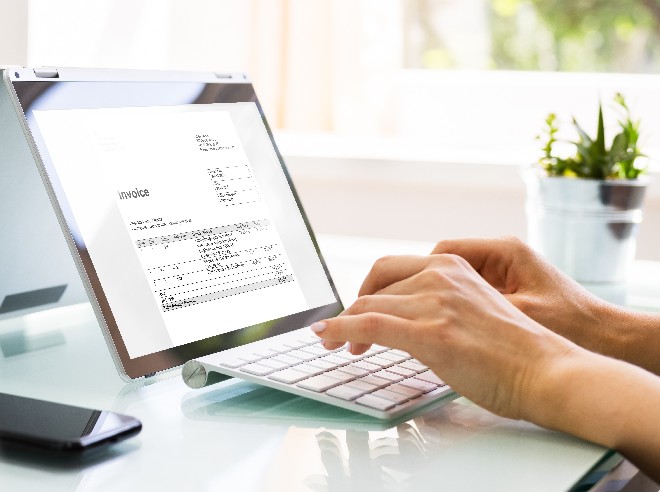If through the Create and Grow Law, the Electronic Invoice has become the main architect of business digitalization in Spain, the European Union has not lagged and is also developing a project that puts it at the center. The aim of this project is to harmonize the VAT declarations of all member states to be able to control the commercial movements of companies effectively.
It is Project ViDA (VAT in Digital Age) and has three fundamental axes:
- The treatment of VAT for specific activities developed for digital platforms.
- The single European registry for VAT purposes.
- Generalization of the use of the Electronic Invoice in specific types of operations and the digital notification for intracommunity operations (DRR).
Generalization of the use of the Electronic Invoice
The main objective of the Project referring to the Electronic Invoice is for it to become general rule.
How will this be done?
The content of Article 218 of the VAT Directive will be modified. Said article will establish that Member States may impose the obligation to issue electronic invoices and that the use of paper invoices will only be possible in very specific situations authorized by such Member States (for example, it could be in cases such as the simplified regime or very particular special regimes such as agriculture, livestock and fisheries).
Electronic Invoicing will be subject to Common European Standards and in no case will be subject to any authorization or previous validation.
Starting January 1, 2024, each Member State will be able to establish an obligatory electronic invoicing system.
ViDA not only regulates the way in which invoices should be issued, but also takes into consideration the deadlines for their issue in cases of intracommunity operations and those to which the reverse charge rule applies, leaving aside purely domestic operations.
Digital Notification of Intracommunity Operations (DRR):
The newest feature introduced by the third pillar of ViDA refers to what is being called digital notificiation for operations.
The proposal intends to replace the recapitulative declarations of intra-community transactions (our Form 349) with a system for providing information in near real time, very similar to the system already used in Spain and known as SII (Immediate Supply of Information).
What operations are subject to DRR?
All those that are currently covered by recapitulative declarations of intracommunity operations, the deliveries of goods and services rendered subject to the reverse charge rule. Operations that are purely domestic are left out.
How does it work?
The information must be sent electronically for each individual transaction and must be sent within two working days from the date of issue of the invoice.
A uniform format for the transmission of this information will be established and the Member States will have to comply with it.
One of the objectives of ViDA is to facilitate the administrative and formal obligations of VAT taxable persons. To this end, it is intended that the electronic information supply systems that already exist in certain Member States, as is the case of Spain with the SII, be adapted to the DRR proposed by ViDA.
When does in come into force?
Electronic Invoice: although a Union-wide regulation on European invoicing is not planned until 2025, it is planned that in January 2024 Member States will be allowed to establish the e-Invoice as the default invoicing system and eliminate necessary authorization for it.
DRR: the DRR Project is forecasted to start in January 2028.
Given this perspective, it is highly recommended that companies that do not yet have Electronic Invoicing systems integrated with their management systems begin to seriously consider this option. If you would like us to inform you about our Electronic Invoice solutions, what they consist of and how they can help you, please contact us and we will be happy to help you.






